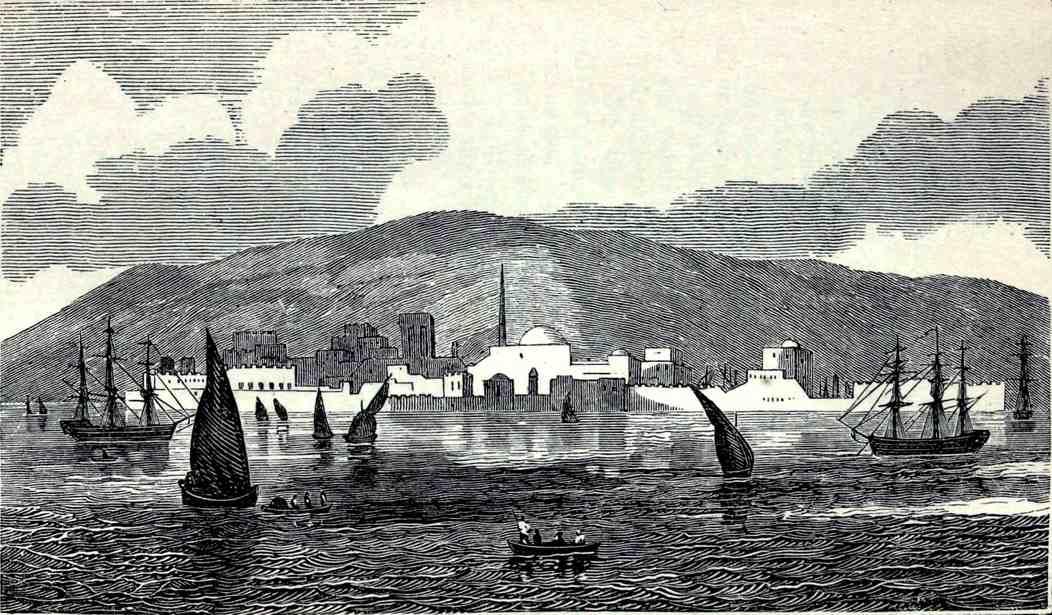A piece of history from the long war between Islam and the West was recently unearthed: a mass grave of 25 Crusaders who were attacked from behind and/or beheaded in the thirteenth century. According to one report,
A team of international archaeologists uncovered the gruesome scene at Sidon Castle on the eastern Mediterranean coast of south Lebanon. Wounds on the remains suggests the soldiers died at the end of swords, maces and arrows, and charring on some bones means they were burned after being dropped into the pit. Other remains show markings on the neck, which likely means these individuals were captured on the battlefield and later decapitated…. Archaeologists knew the remains belonged to Crusaders after discovering the European style belt buckles and a crusader coin within the graves. DNA and isotope analyses of their teeth further confirmed that some of the men were born in Europe, while others were the offspring of crusader settlers who migrated to the “Holy Land” and intermarried with local people…. The way the body parts were positioned suggests they had been left to decompose on the surface before being dropped into a pit some time later. Charring on some bones suggests they used fire to burn some of the bodies.
Archaeologists determined that these Christians were likely slaughtered around the middle of the thirteenth century, around the time of the Seventh Crusade (1248-1254) of King Louis IX, better known as Saint Louis.
Interestingly, this discovery is a physical reflection and manifest proof of what history so vividly records from that era. Then, the Mamluks—ferocious Islamic slave-soldiers who overthrew their Ayyubid masters—came to power, first in Egypt in 1250, and then into the Levant. For decades they warred on and terrorized the remaining Crusader kingdoms along the coast (including Sidon) until 1291, when, with the sack of Acre, the Muslims were finally able to expel the Crusaders from the Holy Land.
The wars and atrocities committed during these decades are many. Moreover, and despite the fact that many modern historians underplay the religious element, these wars were exemplified by an extreme jihadist hatred for Christianity and everything it represents. Thus, after the first Mamluk sultan, Baibars (r.1260-77), had sacked the Crusader kingdom of Antioch in 1268—the “single greatest massacre of the entire crusading era,” according to Thomas Madden—he wrote a letter gloating over what took place in explicitly jihadist terms. Addressed to Bohemond VI, lord of Antioch, who was not present at the time of its fall, an excerpt follows:
You would have seen your knights prostrated beneath the horses’ hooves, your houses stormed by pillagers and ransacked by looters … your women sold four at a time and bought for a dinar of your [own] money! You would have seen the crosses in your churches smashed, the pages of the false Testaments scattered, the Patriarchs’ tombs overturned. You would have seen your Muslim enemy trampling on the place where you celebrate the mass, cutting the throats of monks, priests, and deacons upon the altars, bringing sudden death to the Patriarchs and slavery to the royal princes. You would have seen fire running through your palaces, your dead burned …, your palace lying unrecognizable, the church of St. Paul and that of Qusyan [Cathedral of Saint Peter] pulled down and destroyed.
In other words, the 25 slaughtered, beheaded, and/or burned Christians recently discovered are just the tip of the iceberg of massacres perpetrated against the Christians of the Holy Land.
As for the specifics revolving around that particular mass grave unearthed in Sidon, according to Dr. Piers Mitchell of the University of Cambridge, the Crusader expert working with the archaeologists,
Crusader records tell us that King Louis IX of France was on crusade in the Holy Land at the time of the attack on Sidon in 1253. He went to the city after the battle and personally helped to bury the rotting corpses in mass graves such as these. Wouldn’t it be amazing if King Louis himself had helped to bury these bodies?
Ironically, even that incident, when Louis buried the putrid remains of butchered Christians, was recorded by eyewitnesses. The account of William of Chartres, who was present, follows:
Also I must not pass over in silence this thing, which perfectly pronounces the fervor and humility of the faith of this king [Louis]: while on his way to Sidon he heard about the Christians … who had been slain there by the army of Damascus; that many of their bodies and limbs lay completely unburied on the shore. Our pious king, without pausing to eat, went there straightaway … Now, although all the others who were present reacted as though they had some sort of loathing and dread of picking up the bodies and gathering the now half-rotten, hacked-off limbs or touching the bones, our devout, greathearted king himself, as though having and sensing no repulsion, was there from morning even until noon … with his very own hands so benevolently gathering up the limbs and entrails of these Christians, whom he considered to be martyrs, so sweetly handling and gathering them up and placing them in containers to be carried to their place of burial, which he had made near the camp. Everyone there, and many who had fled the ghastly endeavor, marveled at his magnanimous humility.
It is due to such consistent behavior that King Louis IX became Saint Louis—and why a major American city in Missouri was named after him.
Today, of course, his statue, which has stood in the city of St. Louis for more than a hundred years, is under assault by BLM and Muslim activists, on the claim that Louis was an “Islamophobe” and a “racist.”










Join the conversation as a VIP Member